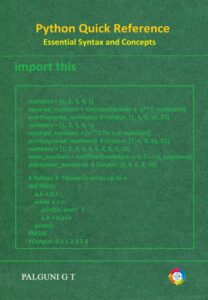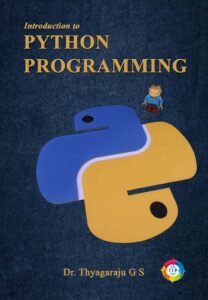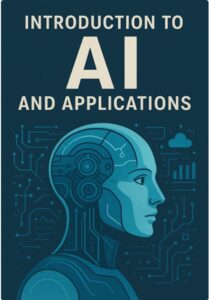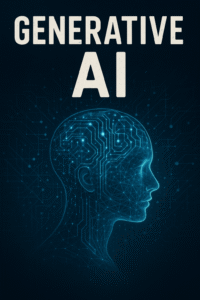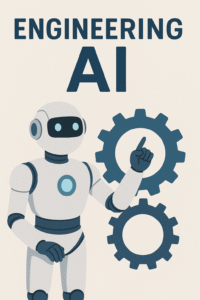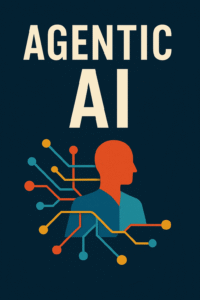Artificial Intelligence (AI) is one of the most exciting and rapidly evolving fields in technology today. As businesses increasingly leverage AI to drive innovation and efficiency, the demand for skilled AI engineers continues to grow. Whether you’re a newcomer to the field or a seasoned developer looking to specialize in AI, following a structured roadmap can help you navigate the complex landscape of technologies and concepts essential for success. Here’s a comprehensive roadmap to guide you on your journey to becoming an AI engineer:
1. Computer Science Fundamentals:
Understanding the core principles of computer science is crucial for any aspiring AI engineer. Dive into topics such as algorithms, data structures, computer architecture, and operating systems. Online courses, textbooks, and coding challenges are excellent resources for mastering these fundamentals.
2. AI Fundamentals:
Get acquainted with the fundamental concepts and techniques of artificial intelligence. Learn about machine learning, deep learning, reinforcement learning, and other AI paradigms. Explore the history, applications, and ethical considerations of AI to develop a holistic understanding of the field.
3. Beginners Python:
Python is the go-to programming language for AI due to its simplicity and versatility. Start by mastering the basics of Python syntax, data types, functions, and control flow. Online tutorials and coding exercises are great starting points for beginners.
4. Data Structures and Algorithms in Python:
Solidify your understanding of data structures and algorithms by implementing them in Python. Practice coding common data structures like arrays, linked lists, trees, and graphs, and learn algorithmic techniques for solving problems efficiently.
5. Advanced Python:
Advance your Python skills by exploring more advanced topics such as object-oriented programming, decorators, generators, and concurrency. Familiarize yourself with Python’s standard library and best practices for writing clean, efficient code.
6. Version Control System (Git, Github):
Master version control systems like Git and platforms like GitHub for collaborative coding and project management. Learn how to create repositories, manage branches, and contribute to open-source projects, fostering a culture of collaboration and accountability.
7. SQL and Relational Databases:
Gain proficiency in SQL (Structured Query Language) and relational databases for storing and querying structured data. Learn how to design database schemas, write complex SQL queries, and optimize database performance.
8. Numpy, Pandas, and Visualization:
Explore essential Python libraries such as NumPy and Pandas for numerical computing and data manipulation. Learn how to visualize data effectively using libraries like Matplotlib and Seaborn, enabling you to gain insights and communicate results intuitively.
9. Maths and Statistics for AI:
Build a strong foundation in mathematics and statistics, including linear algebra, calculus, probability, and statistics. These mathematical concepts underpin many AI algorithms and models, empowering you to understand and innovate within the field.
10. Data Science and Exploratory Data Analysis:
Dive into the realm of data science, focusing on techniques for extracting knowledge and insights from data. Explore topics such as data wrangling, descriptive and inferential statistics, predictive modeling, and machine learning algorithms.
Master the art of exploratory data analysis (EDA) to uncover patterns, trends, and anomalies in datasets. Learn techniques for data cleaning, feature engineering, and dimensionality reduction, laying the groundwork for building robust AI models.
11. ML OPS:
Understand the principles of ML Ops (Machine Learning Operations) for deploying, monitoring, and managing machine learning models in production environments. Learn about model versioning, containerization, continuous integration/continuous deployment (CI/CD), and other best practices for scalable and reliable AI deployments.
12. ML Projects with Deployments:
Apply your skills to real-world ML projects that involve end-to-end development, from data collection and preprocessing to model training and deployment. Collaborate with peers to build and deploy AI-powered applications using cloud services like AWS, Azure, or Google Cloud Platform.
13. Deep Learning:
Dive into deep learning techniques and frameworks such as TensorFlow and PyTorch for training neural networks. Explore architectures like convolutional neural networks (CNNs), recurrent neural networks (RNNs), and transformer models for various AI tasks, including image recognition, natural language processing, and generative modeling.
14. NLP (Natural Language Processing):
Explore the fascinating field of natural language processing (NLP) and learn how to process and understand human language using algorithms and models. Experiment with libraries like NLTK, SpaCy, and Hugging Face Transformers to perform tasks such as sentiment analysis, named entity recognition, and machine translation.
15. Computer Vision:
Master computer vision algorithms and techniques for analyzing and interpreting visual data. Learn about image classification, object detection, image segmentation, and other computer vision tasks using frameworks like OpenCV and deep learning models.
16. Generative AI:
Explore generative models such as generative adversarial networks (GANs) and variational autoencoders (VAEs) for generating realistic images, text, and other data. Experiment with creative applications of generative AI, including art generation, music composition, and data synthesis.
17. LLM and LangChain:
Stay abreast of cutting-edge technologies like Large Language Models (LLMs) and language chains (LangChain) for natural language understanding and generation. Experiment with pre-trained models like GPT (Generative Pre-trained Transformer) and BERT (Bidirectional Encoder Representations from Transformers) for various NLP tasks.
18. Design of AI-based Websites and Applications:
Learn how to design and develop AI-powered websites and applications that deliver personalized experiences and intelligent functionalities. Explore user interface (UI) and user experience (UX) design principles, as well as frontend and backend development technologies suitable for AI integration.
By following this comprehensive roadmap, you’ll acquire the necessary skills and knowledge to excel as an AI engineer. Remember that the field of AI is vast and continually evolving, so stay curious, keep learning, and embrace opportunities to innovate and make a meaningful impact in the world of artificial intelligence.


